What is a Thermocouple Sensor
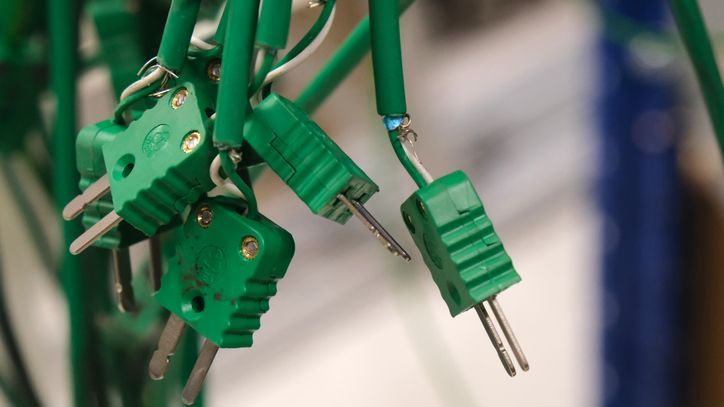
A thermocouple is a type of temperature sensor that is commonly used for measuring temperatures in various industrial, scientific and domestic applications.
It consists of two wires of two types of metals joined at one end to form the sensing junction. When there is a difference in temperature between the sensing junction and the other end of the wires, it creates an electromotive force (EMF) which can be measured and used to determine the temperature.
Thermocouples are commonly used because of their simplicity, durability and wide temperature measurement range. It is a cost effective temperature sensor and can measure temperatures ranging from -200°C to +1750°C and are not affected by electromagnetic interference or vibration.
This article will look more into what is a thermocouple wire and thermocouple probe. What properties do thermocouple probes have, their advantages and disadvantages and how to use thermocouple probes.
The Principle and Theory Behind Thermocouples
The functioning of thermocouple sensors is based on the principle of the Seebeck effect, discovered by Thomas Johann Seebeck in 1821.
According to this effect, when two wires of dissimilar metals are joined at one end and the other ends are exposed to different temperatures, a voltage difference is created which is proportional to the temperature difference.
This voltage difference can be measured using a voltmeter and converted into a temperature reading using a reference table or an equation specific to the type of thermocouple being used.
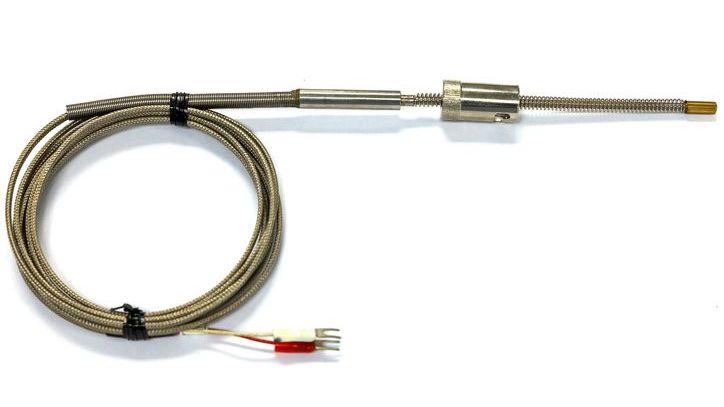
Types of Thermocouples
There are various types of thermocouple available in a wide range of models, each with its own unique characteristics, accuracies and temperature ranges.
Different types of metals are used in the manufacture of thermocouples, and the choice of metals greatly impacts the range of temperature measurement and accuracy of the sensor.
Commonly used metals include iron, copper, chromium, aluminum, nickel, and platinum. Each combination of metals forms a specific type of thermocouple, known by a letter designation (e.g., Type K, Type J), each with its unique temperature range and characteristics.
For instance, a Type K thermocouple, made from nickel and chromium, is known for its accuracy and stability over a wide temperature range. Conversely, a Type B thermocouple, made from platinum and rhodium, is used for measuring very high temperatures.
The choice of metals is crucial as it determines the thermocouple's sensitivity, cost, and suitability for specific applications.
Some common thermocouple type include:
- Type K: This is the most widely used thermocouple type, made from chromel (nickel-chromium) and alumel (nickel-aluminum). It has a temperature range of -200°C to +1350°C and is commonly used in industrial applications.
- Type J: Made from iron and constantan (copper-nickel), this thermocouple has a temperature range of -40°C to +750°C. It is often used in food industry, as it can withstand corrosive environments.
- Type T: This type of thermocouple probe is made from copper and constantan and has a temperature range of -200°C to +350°C. It is commonly used in low-temperature applications, such as refrigeration.
- Type E: Made from chromel and constantan, this thermocouple has a temperature range of -200°C to +900°C. It is often used in power plants and exhaust gas monitoring.
What is a Thermocouple Wire?
A thermocouple wire is a type of electrical conductor used to connect the sensing junction of the thermocouple to the measuring instrument.
It is made from two different types of metals, similar to the ones used in the thermocouple itself, and can also have various sheathing materials depending on its intended use.
The choice of wire material and sheathing greatly impacts the stability and accuracy of the thermocouple sensor. Therefore, it is essential to select the appropriate wire type for optimal temperature measurement.
What is a Thermocouple Probe
A thermocouple probe is the physical part of a thermocouple sensor that is inserted into the medium whose temperature needs to be measured. It is made up of two dissimilar metal wires, known as thermoelements, joined at one end and connected to a measuring device at the other.
The sensing junction or the tip of the probe is usually made from welded or rigidly bonded thermocouple wires and is the part that comes into contact with the medium being measured.
The other end of the probe is connected to a thermocouple extension wire, which carries the EMF signal to a measuring instrument, such as a thermometer or temperature controller.
Thermocouple probes come in various shapes and sizes depending on the application they are used for. Some common types of thermocouple probes are:
- Straight Probe: This type of probe is the most basic and commonly used in industrial applications. It consists of a straight, rigid rod with the sensing junction at one end and an extension wire attached to the other.
- Surface Probe: This type of probe is designed for measuring surface temperatures and has a flat or curved tip for better contact with the surface.
- Immersion Probe: Used for measuring liquids or air temperatures, this probe has a long, thin rod with the sensing junction at the end and an extension wire for connecting to the measuring instrument.
- Flexible Probe: This type of probe is used in hard-to-reach places, as it can be bent and maneuvered into tight spaces. It is commonly used in HVAC systems for temperature
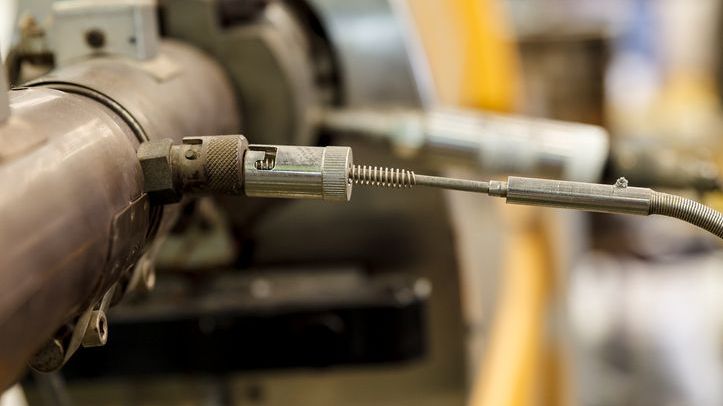
Advantages and Disadvantages of Thermocouples
As mentioned earlier, thermocouple sensors have several advantages that make them suitable for various applications. Some of these include:
- Wide range of temperature
- Robust and cost effective.
- Insensitivity to electromagnetic interference
- Low cost compared to other temperature sensors.
However, they also have some limitations which should be taken into consideration when selecting a temperature sensor. These include:
- Non-linear output: The EMF generated by a thermocouple is not directly proportional to the temperature difference, which can result in measurement errors.
- Accuracy and drift: Over time, a thermocouple's accuracy may decrease due to changes in its internal resistance or material degradation.
- Sensitivity to ambient temperature: The output of a thermocouple can be affected by the ambient temperature, which may require compensation or correction.
Despite these limitations, thermocouple probes and wires remain a widely used and reliable choice for temperature measurement in many industries.
How To Determine The Right Thermocouple?
When selecting a thermocouple for a specific application, several factors should be taken into consideration:
Temperature range
The first and foremost factor to consider is the temperature range required for the application. As mentioned earlier, different types of thermocouples have different temperature measurement ranges, so it is important to choose one that can accurately measure the desired temperatures.
Response time
Thermocouples generally have a faster response time compared to other types of temperature sensors, but some types may still be more suitable for certain applications. For example, type K thermocouples have a faster response time than type J thermocouples.
Accuracy and stability
The accuracy and stability of a thermocouple are crucial for obtaining reliable temperature readings. It is important to select a thermocouple with high accuracy and low drift to ensure consistent and precise measurements.
Environmental factors
The environment in which the thermocouple will be used should also be taken into consideration. Factors such as corrosive substances, vibration, and electromagnetic interference can affect the performance of a thermocouple, so it is important to choose a type that can withstand these conditions.
Cost
The cost of a thermocouple also plays a role in the selection process. While thermocouples are generally affordable compared to other temperature sensors, some types may be more expensive due to their special characteristics or materials used.
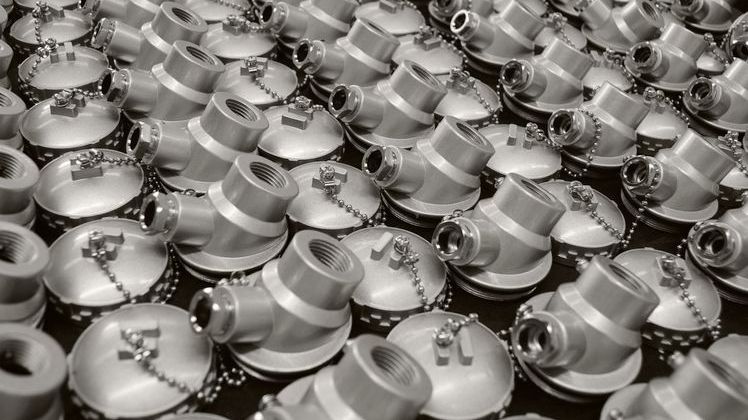
Installation Guidelines for Thermocouples
Proper installation is absolutely crucial for achieving accurate and reliable operation of thermocouple sensors. To ensure optimal performance, here are some comprehensive guidelines to follow when installing a thermocouple:
- Choose the appropriate type and size of thermocouple that aligns with the specific application requirements.
- When positioning the thermocouple, ensure it is in direct contact with the object or substance whose temperature needs to be accurately measured. This direct contact allows for efficient heat transfer and precise temperature readings.
- Pay close attention to the junction of the thermocouple, where the two dissimilar metals meet. This junction should be placed precisely at the point of measurement to capture the most accurate temperature data.
- To establish a reliable connection between the thermocouple and the measuring instrument, employ a suitable thermocouple extension wire. This specially designed wire helps maintain signal integrity and minimizes any potential measurement errors.
- Take care to avoid excessive bending or twisting of the thermocouple wires. Excessive strain on the wires can introduce inaccuracies in the temperature readings. Handle the thermocouple with care to preserve its accuracy.
- In harsh environments that may expose the thermocouple to extreme temperatures, chemicals, or physical stresses, it is essential to provide adequate insulation and protection. Choose appropriate materials and enclosures to safeguard the thermocouple and ensure its longevity.
- Regular calibration of the thermocouple is paramount to maintain accurate temperature measurements. Additionally, monitor the condition of the thermocouple over time and replace it if necessary to uphold the precision and reliability of temperature readings.
By diligently adhering to these comprehensive guidelines, you can confidently install your thermocouple sensor, knowing it will consistently provide accurate and reliable temperature readings over an extended period of time.
Other Things to consider when Choosing a Thermocouple
While temperature range, response time, accuracy, and installation guidelines are crucial factors to consider when choosing a thermocouple, there are other aspects that may also come into play:
Compatible Hardware and Software
Ensure that the thermocouple is compatible with your hardware and software systems. Some types of thermocouples may require specific hardware or software for accurate readings, so it is important to check compatibility before making a purchase.
Typically thermocouples require a preamplifier or signal conditioner for proper operation and accurate readings. Make sure to choose one that is compatible with the thermocouple type you have selected.
Calibration Requirements
As mentioned earlier, regular calibration is crucial for maintaining accurate temperature readings from a thermocouple.
However, the frequency of calibration may vary depending on the type of thermocouple and its application. It is important to be aware of these requirements and factor them into your decision-making process.
Where To Buy Thermocouple Sensors
Thermocouples are readily available from various manufacturers and suppliers. But in our experience a good choice is Wika which sells all kinds of different thermocouple probes and thermocouple wires. There you can find different models and technical specifications for each temperature sensor.
For logging temperature measurements we have our software platform SAFE. A test software built to log data from sensors such as thermocouple probes. You can download and try it right here.
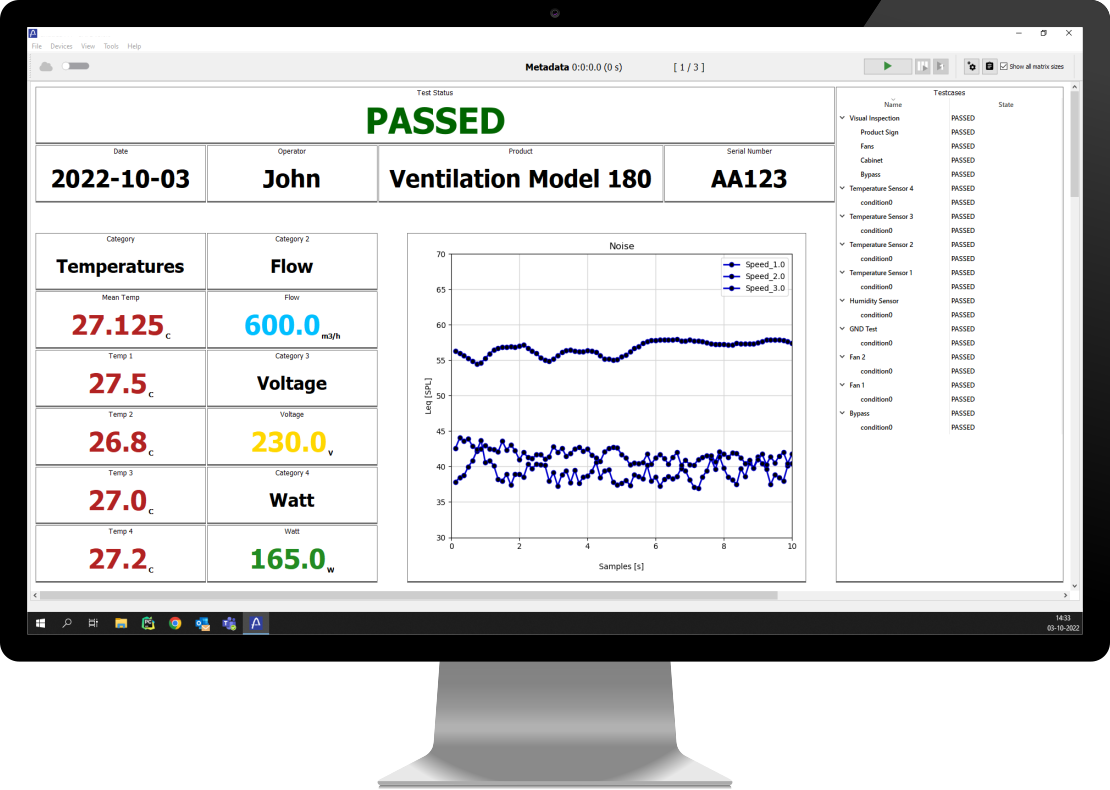
Conclusion
In conclusion, what is a thermocouple? A thermocouple wire or thermocouple probe is a versatile, simple robust and cost effective sensor that is widely used for temperature measurement in various applications.
A thermocouple wire emits voltage when two metals is heated . The voltage output is directly proportional to the temperature difference between the hot and cold ends of the thermocouple wire.
By understanding their advantages, limitations, and factors to consider when selecting one, you can choose the most suitable type of thermocouple for your specific needs.
Proper installation and maintenance are also crucial for obtaining accurate and consistent temperature readings over time.
So, it is important to follow the guidelines mentioned above to ensure the proper functioning of the thermocouple and obtain reliable temperature data.